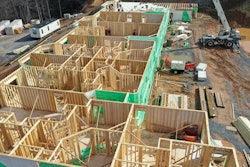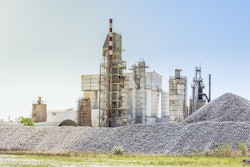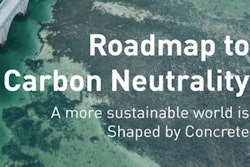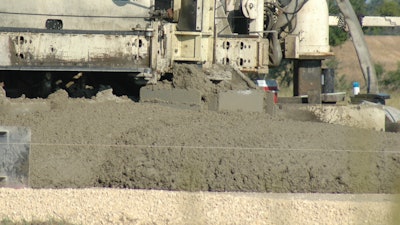
Despite the start of a new year, the U.S. continues to face some all too familiar challenges that threaten to weigh down growth in the months ahead. Yet, opportunities exist, as the economy continues to expand and as the construction industry eagerly awaits disbursement of funds under the $1.2 trillion Infrastructure Investment and Jobs Act (IIJA).
Given ongoing risk factors, the Portland Cement Association (PCA) has taken a conservative approach to its annual forecast for cement consumption, which Ed Sullivan, senior vice president and chief economist, projects will expand just 2.5% in 2022, after rising 3.6% through November 2021.
“We’re expecting 2.5% growth this year. That’s in the context of the prevailing interest rate forecast, which we suggest might have room to rise,” Sullivan said in a press conference at World of Concrete 2022. If rates accelerate more quickly, a softer outlook would emerge based on the impact on residential construction – the growth leader throughout 2020 and 2021.
Interest rates aren’t the only factors threatening to curtail growth in construction activity and thus cement consumption. Yet, there are reasons for positivity in 2022, as Sullivan pointed out in a follow-up discussion.
The Good: Strong Economy Builds Confidence and Construction
The economy is fundamentally strong, said Sullivan, with a U.S. GDP in excess of 5% in 2021 and expected to exceed 4% in 2022.
“It’s strong based on the shoulders of the consumer,” he stated. “You have employment gains, great debt-to-income ratios, wage gains, etc.” These and other factors helped to elevate confidence among buyers of consumer goods in 2021 – at least until the omicron variant struck.
 ACBM staff
ACBM staff
“If the death rate continues to slide, [becomes] negligible, that’s going to boost consumer attitudes/sentiment. So now, what you have is a willing and able consumer, and we think that’s going to drive growth stronger in the second half of the year,” said Sullivan.
The Bad: Interest Rates Could Squeeze Residential
A legacy of the pandemic, inflation has become a significant threat to U.S. economic stability. “If you heard the forecast that I did a year ago, I was fully in that camp [saying] ‘Inflation is transitory. We're going to get that supply chain right back up and running and this inflation is going to disappear,’” said Sullivan. “Guess what? It's embedded. It's going be a long time before we wean ourselves from the supply side inflation.
“That's the reason why the Fed is probably going to be more aggressive and that's why the pressure [will be] on the private side with interest rates,” he added.
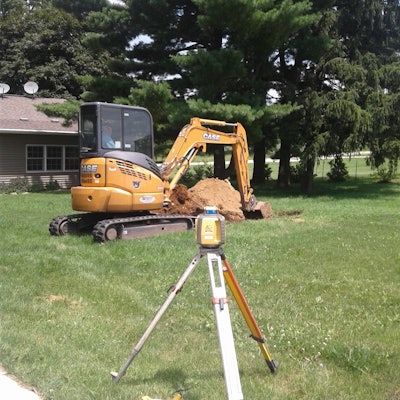 ACBM staff
ACBM staff
“It’s going to stick around longer, and it’s likely the Fed is going to act more aggressively. That means that as those rates rise, you will see increases particularly in mortgages rise,” he projected.
As home prices increase in the context of higher interest rates, Sullivan expects it to generate an “affordability squeeze” that will gradually depress residential growth. Though not anticipated to happen this year, there is a solid risk of negative growth in 2023.
“Residential has been the key factor with which we’ve achieved growth over the last couple of years,” Sullivan added.
The Better: Long-term Opportunities
The “white knight” for construction, and cement consumption, rode in last Fall in the form of the IIJA.
“We passed the infrastructure bill last year but planning and distributing it, bid reviews, all that stuff takes time. So, you’re probably not going to see that until the second quarter of 2023,” said Sullivan. “Just as you start to see the decay in the private sector, you start to see the ramp up on the public side. That helps keep the growth rate [in cement consumption] close to 2%.
“The IIJA is extremely important to maintain healthy growth rates in cement consumption,” he stated.
 ACBM staff
ACBM staff
The shift to virtual conferencing, e-learning and online buying also accelerated during the pandemic. This has had a substantial impact on related construction activity and cement demand.
“We went through each of the key categories on the nonresidential side and we estimated that there is as much as a 1.4 million metric ton reduction in demand growth because of e-learning, e-retail and what have you,” said Sullivan.
Yet, while COVID has promoted a negative shift for some aspects of construction, climate change initiatives represent a potential positive shift in the other direction.
“The country is much more aware of climate change, and you have to start building and looking at things a little differently. This gets into a lot of the issues and attributes that concrete has over its competitors. It’s the best insulator,” said Sullivan.
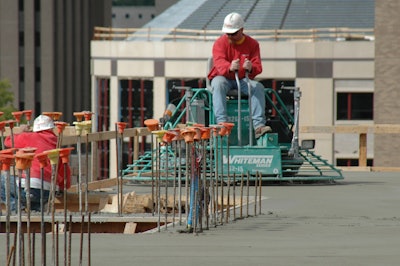 ACBM staff
ACBM staff
With the Urban Institute at the University of Texas projecting an increase of nearly 50 million more drivers by 2024, expansion of U.S. infrastructure, and especially roadways, will be essential to relieve already extensive problems with congestion. This offers further opportunity for concrete and the cement that goes into it.
“When you start planning and looking at areas that are going to grow, I think you have to keep an eye on how does concrete fit into the climate change solutions,” Sullivan stated. “There's a very bright vision that we see in terms of long-term progress.”
Read: Portland Cement Association Announces 2022 Focus for Roadmap to Carbon Neutrality





